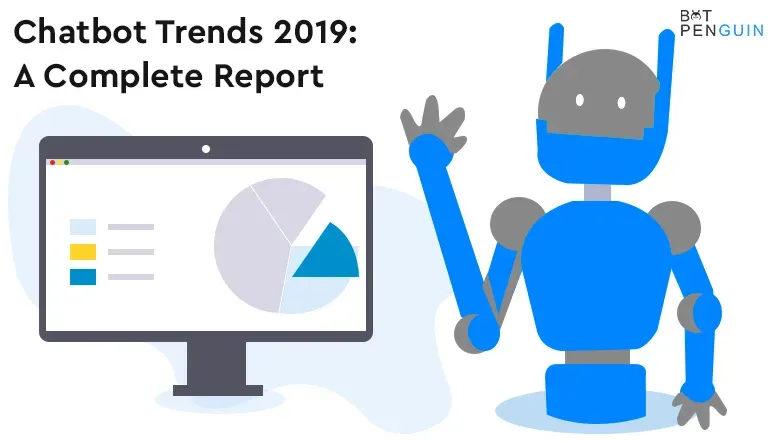Introduction
In today's digital age, chatbots have become a powerful tool for businesses to enhance customer interactions and streamline their operations. A well-designed chatbot page can leave a lasting impression on visitors, providing them with a seamless and delightful user experience. Are you ready to create a chatbot page that wows? Look no further!
In this comprehensive guide, we'll take you through the process of designing a chatbot page that captivates your audience.
From understanding the importance of user-centric design to crafting engaging conversational flows, we'll cover all the essential elements you need to consider.
Whether you're a seasoned designer or new to the world of chatbots, this guide will equip you with the knowledge and practical tips to create a chatbot page that not only impresses but also delivers tangible results for your business.
So, let's dive in and unlock the secrets to designing a chatbot page that will leave your visitors in awe!
Understanding Your Audience
To design a chatbot landing Page that wows, it's crucial to start by understanding your audience. Here are the key steps to accomplish that:
Analyzing user preferences and needs
Dig deep into your audience's preferences and needs. Analyze their behaviors, online habits, and communication style.
This information will allow you to craft a chatbot experience that resonates with your users and delivers value.

Conducting user research and surveys
Take advantage of user research and surveys to gain valuable insights. Engage with your audience through interviews, focus groups, or online surveys.
This firsthand feedback will help you understand their expectations, frustrations, and desired outcomes from interacting with a chatbot.
Defining the Purpose of Your chatbot landing Page
Before designing your chatbot landing Page, it's important to establish its purpose. Here's how you can do it:
Establishing the primary goals of your chatbot
Determine the primary goals your chatbot aims to achieve. Whether it's providing customer support, generating leads, or delivering information, having clear objectives will guide your design decisions and ensure the chatbot is aligned with your overall business goals.
Identifying specific tasks and functions the chatbot will perform
Break down your chatbot's functionalities into specific tasks it will perform. Whether it's answering FAQs, recommending products, or assisting with bookings, defining these tasks will help you structure the conversation flow and anticipate user needs.
Choosing the Right Chatbot Platform
Selecting the right chatbot platform like BotPenguin is crucial to the success of your chatbot landing Page. Consider the following factors:
Evaluating different chatbot platform options
Research and explore various chatbot platform options available in the market. Look for platforms that align with your requirements, budget, and technical expertise. Pay attention to their user interface, ease of use, and available integrations.

Comparing features, integration capabilities, and scalability
Compare the features offered by different chatbot platforms. Assess their integration capabilities with your existing systems, such as customer relationship management (CRM) software or e-commerce platforms.
Additionally, consider the scalability of the platform to accommodate future growth.
Considering customization and development options
Evaluate the customization and development options provided by the platform. Determine if it allows you to customize the chatbot's appearance, conversation flow, and functionality to match your brand identity and specific requirements.
Crafting an Engaging Chatbot User Experience
When it comes to designing a chatbot landing Page that wows, the user experience should be at the forefront of your mind.
A well-crafted chatbot interface can make all the difference in engaging your audience and leaving a lasting impression.
Let's dive into the key aspects of creating an exceptional user experience.

Designing a Conversational Interface
The first step is to design a conversational interface that mimics human interaction. Think of your chatbot as a virtual assistant with a warm and friendly tone.
Use language that is conversational, witty, and playful.
Break down information into digestible chunks and present it in a natural, easy-to-understand manner.
Creating a Natural and User-Friendly Flow
A chatbot should guide users through a smooth and intuitive flow. Anticipate user needs and provide options that align with their intentions.
Use buttons, quick replies, and menus to simplify interactions. Keep the conversation concise and focused, avoiding long-winded explanations or excessive back-and-forth.
Utilizing Interactive Elements and Multimedia
Make your chatbot landing Page interactive and engaging by incorporating multimedia elements. Use images, videos, GIFs, and emojis to enhance the user experience and make it more visually appealing.
Consider using interactive elements like carousels, sliders, and progress bars to provide a dynamic and interactive chatbot experience.
Designing the Visual Interface
In addition to the conversational aspect, the visual design of your chatbot landing Page plays a crucial role in captivating your visitors.
Pay attention to the following aspects while designing the visual interface.
Selecting an Appropriate Chatbot Design Style
Choose a chatbot design style that aligns with your brand and the overall theme of your website.
Whether you opt for a minimalist, cartoonish, or sophisticated design, ensure that it matches your target audience's preferences and expectations. Consistency in design elements will create a cohesive and visually pleasing experience.
Incorporating Branding Elements and Colors
Infuse your chatbot landing Page with your brand's personality by incorporating branding elements and colors.
Use your logo, brand fonts, and style guide to maintain a consistent brand identity. Thoughtfully select colors that evoke the desired emotions and create a visually harmonious interface.
Optimizing for Mobile Responsiveness
With the majority of internet users accessing websites through mobile devices, it's crucial to optimize your chatbot landing Page for mobile responsiveness.
Ensure that the chatbot interface adapts seamlessly to different screen sizes and orientations, providing a user-friendly experience across devices.
Writing Compelling Chatbot Dialogues
The quality of your chatbot's dialogues can make or break the user experience. Focus on creating compelling and engaging conversations that feel personalized and contextually aware.
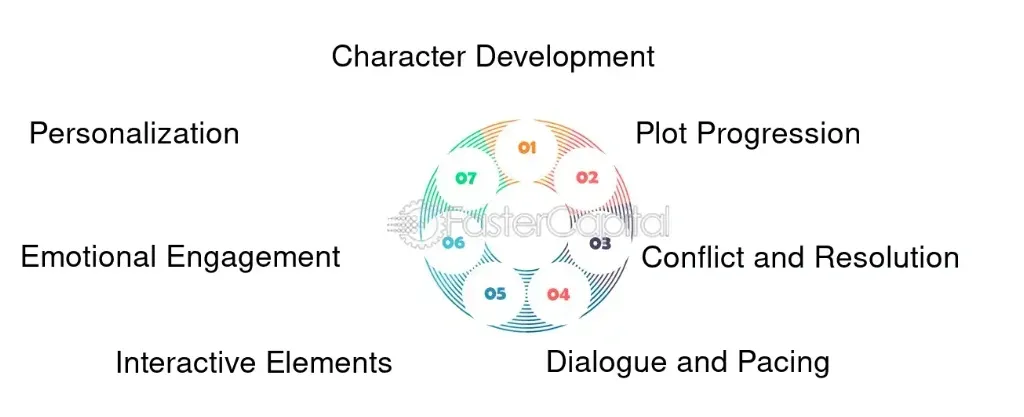
Understanding Chatbot Tone and Personality
Define a tone and personality for your chatbot that aligns with your brand and resonates with your audience.
Whether it's friendly, professional, or humorous, maintain consistency in your chatbot's character. Inject personality into the dialogues to make interactions more enjoyable and memorable.
Writing Clear and Concise Prompts and Responses
Craft clear and concise prompts and responses to avoid confusion and frustration. Break down complex questions into simple, easy-to-answer ones.
Use short sentences and bullet points when appropriate. Remember, clarity is key to maintaining a smooth conversation flow.
Incorporating Personalization and Context Awareness
Make your chatbot feel personal and attentive by incorporating personalization and context awareness.
Address users by their names, remember their preferences, and refer back to previous interactions. Tailor responses based on the user's input to provide relevant and useful information.
Integrating AI and Machine Learning
To take your chatbot landing Page to the next level, leverage AI and machine learning capabilities. These technologies empower your chatbot to understand and respond intelligently to user queries.
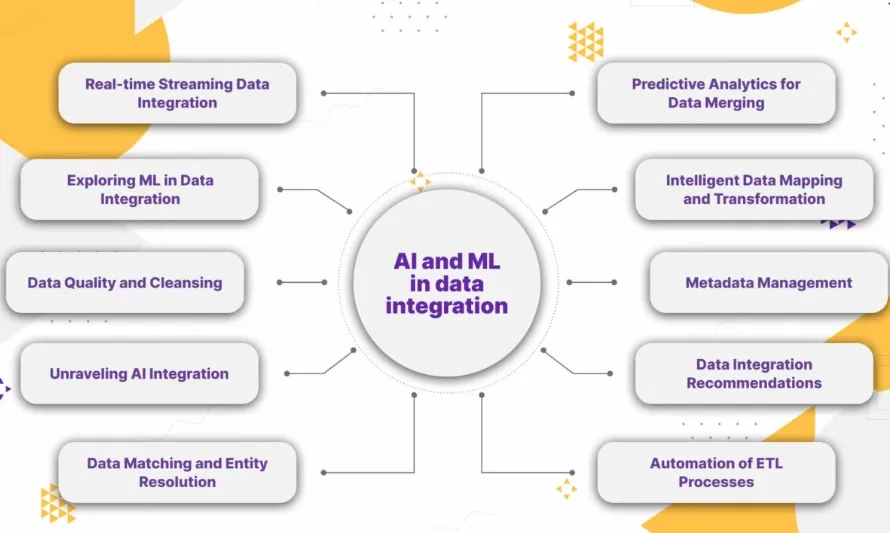
Exploring AI-Powered Chatbot Capabilities
AI-powered chatbots can offer advanced functionalities such as natural language processing, sentiment analysis, and recommendation systems.
Explore the possibilities and determine which features align with your chatbot's objectives and user needs.
Implementing Natural Language Processing and Understanding
Natural language processing (NLP) enables your chatbot to comprehend user input and extract meaning. Implement NLP techniques to improve the accuracy and relevance of your chatbot's responses. Train your chatbot to understand variations of questions and respond accordingly.
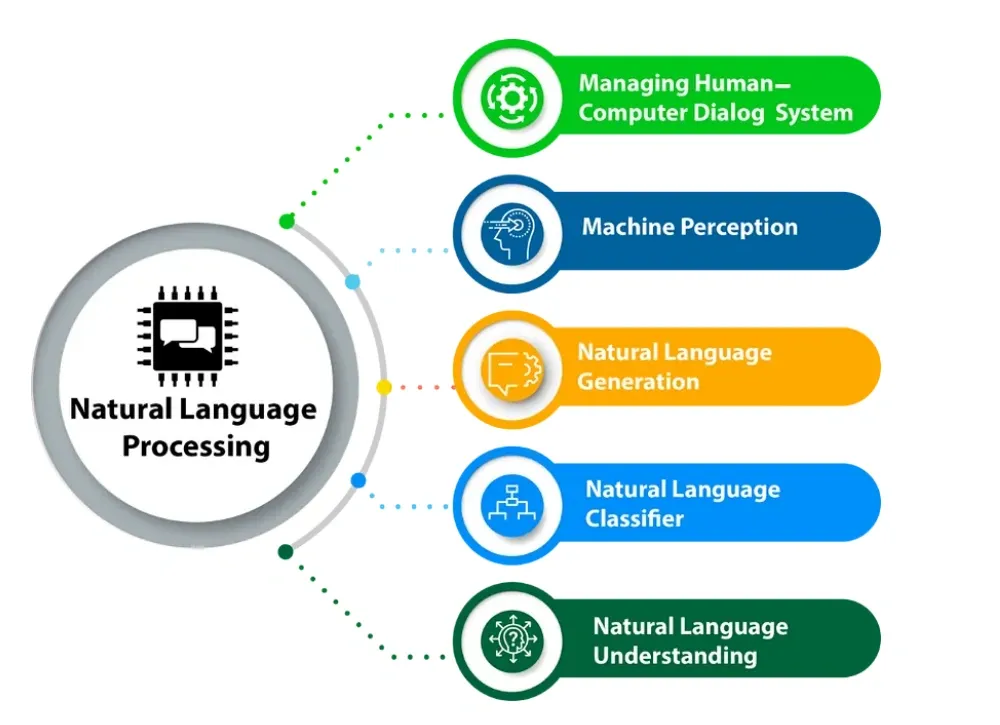
Leveraging Machine Learning for Continuous Improvement
Machine learning enables your chatbot to learn and improve over time. Collect and analyze user interactions to identify patterns and optimize your chatbot's performance.
Continuously refine your chatbot's responses based on user feedback and real-world usage data.
Testing and Iterating Your chatbot landing Page
The journey to a wowing chatbot landing Page doesn't end with its initial design. Testing and iterating are crucial steps in enhancing the user experience.
Test your chatbot landing Page with real users to uncover any usability issues and gather valuable feedback. Observe how users interact with the chatbot, note pain points, and listen to their suggestions.
Use this feedback to make necessary improvements and enhancements.
Analyzing User Interactions and Refining the Chatbot
Analyze user interactions and conversations to gain insights into user behavior and preferences. Identify areas where users may get stuck or abandon the conversation.
Use this data to refine the chatbot's flow, prompts, and responses to optimize the user experience.
Monitoring Performance Metrics and Making Data-Driven Decisions
Track performance metrics such as user engagement, completion rates, and satisfaction ratings. Monitor chatbot analytics to identify areas for improvement.
Make data-driven decisions based on these metrics to continuously enhance your chatbot landing Page's performance.
Optimizing Your Chatbot for SEO
Optimizing your chatbot landing Page for search engines is essential to ensure its visibility and reach. Incorporate SEO best practices to drive organic traffic to your chatbot.
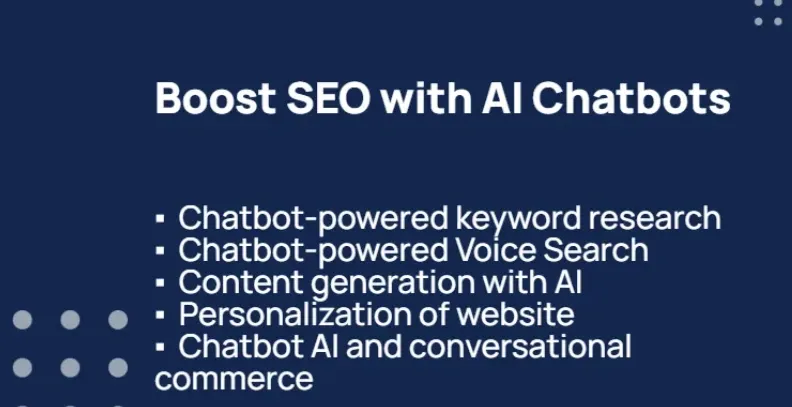
Incorporating Relevant Keywords in Chatbot Content
Identify relevant keywords and incorporate them naturally into your chatbot's dialogues and content.
Use keywords that align with user intent and reflect popular search queries. Optimize the content to strike a balance between user experience and SEO requirements.
Optimizing Metadata and Page Structure
Pay attention to the metadata and page structure of your chatbot landing Page. Craft compelling meta titles and descriptions that entice users to click.
Ensure that the chatbot landing Page follows proper heading hierarchy, with appropriate usage of H1, H2, and H3 tags.
Ensuring Accessibility and Fast Loading Times
Make your chatbot landing Page accessible to all users, including those with disabilities. Use alt tags for images, provide keyboard navigation options, and ensure proper color
contrast. Additionally, optimize the chatbot landing Page's performance to deliver fast loading times, as page speed is an important factor for both user experience and SEO.
Promoting and Measuring Chatbot Success
To maximize the impact of your chatbot landing Page, strategic promotion and ongoing measurement are vital.
Strategizing Chatbot Deployment and Promotion
Define a promotion strategy to drive traffic and awareness to your chatbot landing Page. Leverage various channels such as social media, email marketing, and website banners to promote the chatbot.
Target relevant audiences and communicate the value and benefits of engaging with your chatbot.
Tracking and Analyzing Chatbot Usage and Engagement
Implement tracking mechanisms to monitor chatbot usage and engagement. Analyze metrics such as the number of conversations, average session duration, and completion rates.
Identify areas of improvement based on user behavior and engagement patterns.
Iteratively Improving Chatbot Performance Based on Data
Continuously improve your chatbot's performance based on data-driven insights. Use the collected data to identify bottlenecks, refine dialogues, and enhance user satisfaction.
Implement regular updates and iterations to ensure your chatbot stays relevant and effective.
Conclusion
In conclusion, designing a chatbot landing Page that wows requires careful consideration of the user experience, visual design, dialogues, AI integration, testing, optimization, promotion, and measurement.
By following these guidelines and embracing the potential of chatbot technology, you can create an exceptional chatbot landing Page that engages and impresses your visitors.
Embrace the future of chatbot technology and design a chatbot landing Page that leaves a lasting impact on your audience.
Want to set up your chatbot landing page in minutes? Sign up on BotPenguin. With AI, automation, and omnichannel chatbots, you’re in the best hands.
Sign up today and experience chatbots at their best.
Frequently Asked Questions(FAQs)
How important is a well-designed landing page for a chatbot?
A well-designed landing page is crucial for a chatbot as it creates a strong first impression, showcases the bot's value proposition, and encourages visitors to engage with it.
What elements should I include in a chatbot landing page?
Key elements to include are a compelling headline, clear and concise copy, engaging visuals, a prominent call-to-action, social proof, and trust-building elements like testimonials or security badges.
How can I make my chatbot landing page visually appealing?
To make your chatbot landing page visually appealing, use high-quality images or videos, a clean and modern design, eye-catching colors, and consistent branding that aligns with your chatbot's personality.
What should be the primary focus of my chatbot landing page copy?
The primary focus of your chatbot landing page copy should be to clearly communicate the benefits and value your chatbot offers, addressing the pain points of your target audience and highlighting unique features.
Should I use a single or multi-step form on my chatbot landing page?
The choice between a single or multi-step form depends on the complexity of the information you're collecting. Generally, a single-step form is recommended for simplicity and better user experience.
How can I optimize my chatbot landing page for conversions?
Optimize your chatbot landing page for conversions by using persuasive language, creating a sense of urgency, providing social proof, incorporating testimonials, and utilizing strong call-to-action buttons.
What are some best practices for designing a mobile-friendly chatbot landing page?
To design a mobile-friendly chatbot landing page, use a responsive design that adapts to different screen sizes, prioritizes essential information, ensures fast loading speed, and uses mobile-friendly form fields.
What role does user experience (UX) play in designing a chatbot landing page?
User experience is crucial in designing a chatbot landing page. Focus on providing a seamless and intuitive user journey, easy navigation, fast load times, and clear and concise messaging to enhance engagement.
How can I track the performance of my chatbot landing page?
Track the performance of your chatbot landing page using analytics tools like Google Analytics or Heatmaps. Monitor metrics such as conversion rate, bounce rate, time on page, and click-through rate.
Are there any common mistakes to avoid when designing a chatbot landing page?
Common mistakes to avoid include overwhelming visitors with too much information, having a confusing or cluttered layout, using vague or generic copy, neglecting mobile optimization, and lacking a clear call-to-action.

